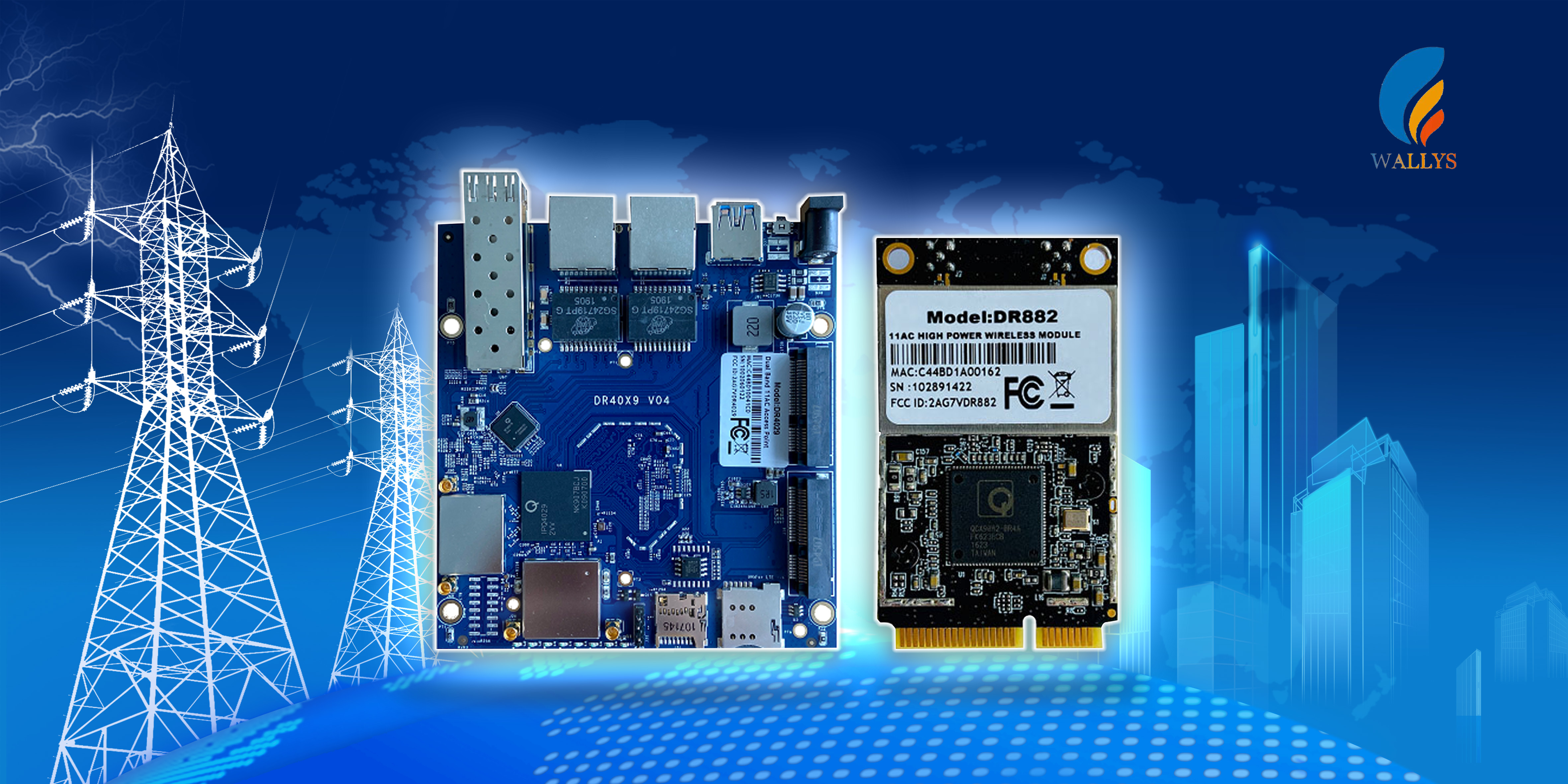|
Fast forward to Wi-Fi 6 era. Around the time of the introduction of the Wi-Fi 6, regulatory agencies around the world released new unlicensed spectrum in the 6GHz band which is more than double the spectrum available in the other two bands. Wi-Fi 6 operation in the 6GHz band is referred to as Wi-Fi 6E to distinguish it from Wi-Fi 6 operation in 2.4GHz and 5GHz bands.
What is Tri-Band?Tri-Band Wi-Fi refers to a wireless networking technology that utilizes three separate frequency bands to transmit data and provide Wi-Fi connectivity. In a typical tri-band setup, two frequency bands are in the 5 GHz range, and one is in the 2.4 GHz range. Each band operates independently, allowing devices to connect to different bands simultaneously. The main purpose of tri-band Wi-Fi is to increase the overall network capacity and performance by distributing devices across multiple bands. This helps to alleviate congestion and reduce interference, especially in environments with a high number of wireless devices or dense populations. Here's a breakdown of the frequency bands commonly used in tri-band Wi-Fi: 2.4 GHz Band: This is the most widely used frequency band in Wi-Fi. It offers a longer range but has a lower data transfer rate compared to higher frequency bands. It is suitable for devices that require longer range connectivity or are not sensitive to high-speed data transfer, such as older smartphones, IoT devices, or some home appliances. 5 GHz Band (First): The first 5 GHz band provides higher data transfer rates compared to the 2.4 GHz band. It is well-suited for devices that require fast and reliable connections, such as modern smartphones, laptops, and streaming devices. 5 GHz Band (Second): The second 5 GHz band in a tri-band setup serves as an additional channel to accommodate more devices and provide even more bandwidth for data transmission. This band helps to further reduce congestion and interference, ensuring smoother and faster connections for devices. Tri-band Wi-Fi routers and access points are equipped with multiple radios or chipsets to support each frequency band independently. This allows devices to connect to the most appropriate band based on their capabilities and requirements, optimizing the overall network performance. It's worth noting that the specific implementation and features of tri-band Wi-Fi may vary depending on the manufacturer and model of the networking equipment. Some advanced tri-band routers may also support additional features like beamforming, which helps direct the Wi-Fi signal towards connected devices for improved performance and coverage. The combination of the IPQ4019 and QCA9882 chipsets can be used to create a tri-band solution for wireless networking. Let's break down the capabilities of each chipset: IPQ4019: The IPQ4019 is a powerful quad-core system-on-a-chip (SoC) designed by Qualcomm Technologies. It is commonly used in high-performance networking devices, including routers and access points. The IPQ4019 provides advanced processing capabilities, network acceleration, and supports various wireless standards, including Wi-Fi. QCA9882: The QCA9882 is a wireless chipset developed by Qualcomm Atheros, which provides support for Wi-Fi connectivity. It operates in the 5 GHz frequency band and supports multiple input, multiple output (MIMO) technology. The QCA9882 offers high data rates and can be used for both client and access point applications.
By combining the IPQ4019 and QCA9882 chipsets, you can create a tri-band solution that supports three different frequency bands for wireless communication. Typically, this would involve utilizing two QCA9882 chipsets to provide dual-band (2.4 GHz and 5 GHz) support and one additional QCA9882 chipset to create a third 5 GHz band. Tri-band solutions are commonly employed in high-density environments or scenarios that require a large number of simultaneous connections. By leveraging three separate bands, it becomes possible to distribute network traffic and minimize interference, leading to improved overall performance and capacity. Please note that the specific implementation and configuration of the three-band solution may vary depending on the hardware and software used. It is always recommended to consult the documentation and guidance provided by the chipset manufacturer or network equipment manufacturer for detailed instructions on creating a tri-band solution using the IPQ4019 and QCA9882 chipsets. For more DR4019 and DR882 questions, please contact me:sales2@wallystech.com.
| 






 发表于 2023-6-13 09:24:27
发表于 2023-6-13 09:24:27


